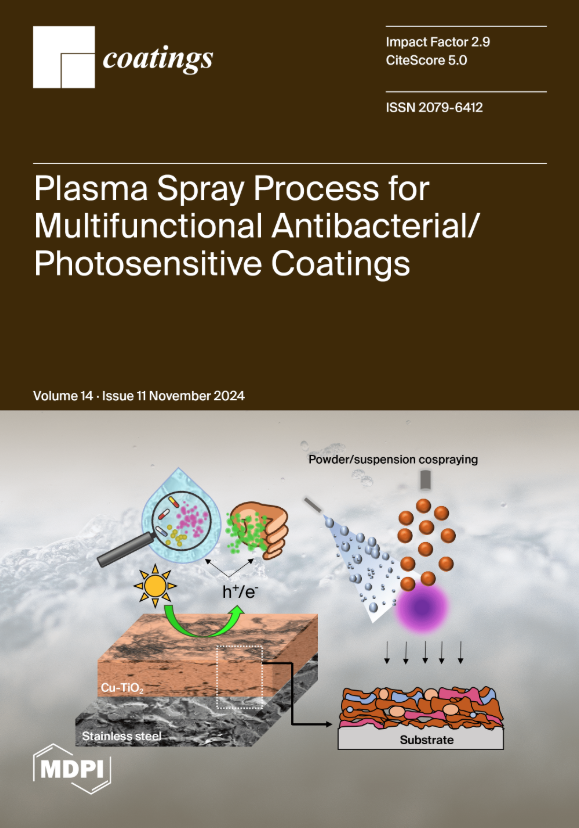Formation and Performance of Diamond (111)/Cu Interface from First-Principles Calculation
IF 2.9
3区 材料科学
Q2 MATERIALS SCIENCE, COATINGS & FILMS
引用次数: 3
Abstract
The interface formation and properties of composite materials are very important for the preparation of composite materials, and the bonding state and charge transfer between atoms in the interface have a particularly significant effect on the interface formation. In this work, the first-principles calculation method was used to study the adsorption behavior and molecular dynamics of copper atoms on the (111) surface of H-terminated diamond, and the adsorption energy and adhesion work of Cu atoms were calculated. The results show that the adsorption of copper atoms is not sensitive to the diamond (111) surface, the adsorption work is very small at the four high symmetry positions, and the adhesion work is the largest at the T4 position and is 0.6106 J/m2. Furthermore, according to the electron localization function (ELF) analysis, there is no compound formation between Cu and H atoms; only a small amount of charge transfer exists, which belongs to physical adsorption. The diamond–copper interface formed by the growth of adsorption sites is a metastable structure without energy stability. This work provides an important theoretical reference for understanding the formation mechanism of copper-based diamond composites.基于第一性原理计算的金刚石(111)/Cu界面形成与性能
复合材料的界面形成和性能对复合材料的制备非常重要,界面中原子间的成键状态和电荷转移对界面形成的影响尤为显著。本文采用第一性原理计算方法研究了铜原子在h端金刚石(111)表面的吸附行为和分子动力学,计算了铜原子的吸附能和粘附功。结果表明:铜原子对金刚石(111)表面的吸附不敏感,在4个高对称位置的吸附功很小,在T4位置的附着功最大,为0.6106 J/m2。此外,根据电子定位函数(ELF)分析,Cu和H原子之间没有形成化合物;只有少量的电荷转移存在,属于物理吸附。吸附位生长形成的金刚石-铜界面是一种亚稳结构,没有能量稳定性。该工作为理解铜基金刚石复合材料的形成机理提供了重要的理论参考。
本文章由计算机程序翻译,如有差异,请以英文原文为准。
求助全文
约1分钟内获得全文
求助全文
来源期刊

Coatings
Materials Science-Surfaces, Coatings and Films
CiteScore
5.00
自引率
11.80%
发文量
1657
审稿时长
1.4 months
期刊介绍:
Coatings is an international, peer-reviewed open access journal of coatings and surface engineering. It publishes reviews, research articles, communications and technical notes. Our aim is to encourage scientists to publish their experimental and theoretical results in as much detail as possible. There is no restriction on the length of the papers. Full experimental and/or methodical details must be provided. There are, in addition, unique features of this journal:
* manuscripts regarding research proposals and research ideas will be particularly welcomed
* electronic files or software regarding the full details of the calculation and experimental procedure - if unable to be published in a normal way - can be deposited as supplementary material
 求助内容:
求助内容: 应助结果提醒方式:
应助结果提醒方式:


